Dynamics of Large Herbivore Populations in Changing Environments
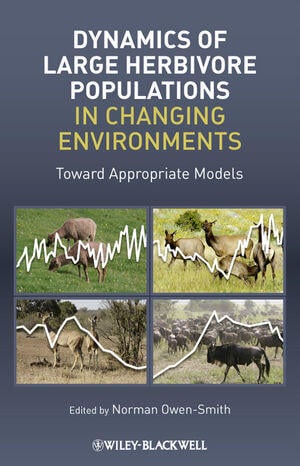
By Norman Owen-Smith
Dynamics of Large Herbivore Populations in Changing Environments PDF aims to reconcile theoretical models of population dynamics with what is currently known about the population dynamics of large mammalian herbivores. It arose from a working group established at the National Center for Ecological Analysis and Synthesis at the University of California, Santa Barbara, to address the need for models that better accommodate environmental variability, especially for herbivores dependent on changing vegetation resources. The initial chapter reviews findings from definitive long-term studies of certain other ungulate populations, many based on individually identifiable animals. Other chapters cover climatic influences, emphasising temperate versus tropical contrasts, and demographic processes underlying population dynamics, more generally. There are new assessments of irruptive population dynamics, and of the consequences of landscape heterogeneity for herbivore populations. An initial review of candidate population models is followed up by a final chapter outlining how these models might be modified to better accommodate environmental variability. The contents provide a foundation for resolving problems of diminishing large mammal populations in Africa, over-abundant ungulate populations elsewhere, and general consequences of global change for biodiversity conservation. This book will serve as a definitive outline of what is currently known about the population dynamics of large herbivores.
| File Size | 1.5 MB |
| File Format | |
| Download link | Free Download | Become a Premium, Lifetime Deal |
| Support & Updates | Contact Us | Broken Link |
| Join Our Telegram Channel |  |
| More Books: | Browse All Categories |

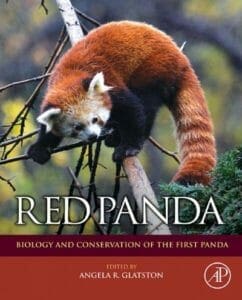

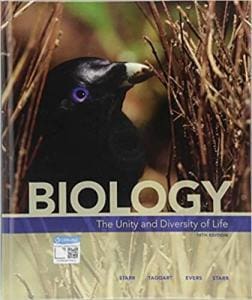
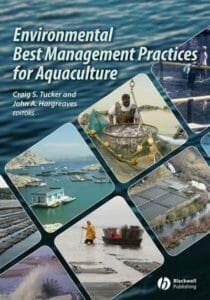
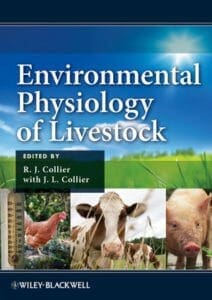







![Ettinger’s Textbook of Veterinary Internal Medicine 9th Edition [PDF+Videos] Ettinger’s Textbook of Veterinary Internal Medicine 9th Edition [True PDF+Videos]](https://www.vet-ebooks.com/wp-content/uploads/2024/10/ettingers-textbook-of-veterinary-internal-medicine-9th-edition-100x70.jpg)

![Textbook of Veterinary Diagnostic Radiology 8th Edition [PDF+Videos+Quizzes] Thrall’s Textbook of Veterinary Diagnostic Radiology, 8th edition PDF](https://www.vet-ebooks.com/wp-content/uploads/2019/09/textbook-of-veterinary-diagnostic-radiology-8th-edition-100x70.jpg)






